Farmer’s Edge has been one of the leading advocates of using the temperature sensors in its weather station network to help predict inversion and thus reduce the risk of drift. “The entire purpose of the sensors is just to warn producers so they know when they’re in a high risk of inversion,” says Curtis Mackinnon, […] Read more
Stories by Ron Lyseng

Combine, meet ethernet, combine meet world
Make use of the massive data from the seeder, sprayer and combine as the internet of things digs into the dirt
The third heaviest component in modern cars is the wiring harness. One-third the cost of building a modern car is assembling that harness. The task cannot be handled by robots. To compound the problem, wiring harnesses are becoming more complex as they handle more information from more sensors and sources. There are accident prevention sensors […] Read more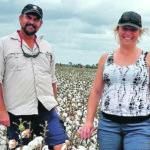
Full-value or half-value from precision ag efforts?
Producers collecting multiple layers of field data complain they aren’t milking the data for all it’s worth. “I’m not even getting half the value out of these images.” Kristina Polziehn hears the similar complaints. She says there definitely is an obstacle to applying the data and images in real-world precision agriculture practices. That obstacle is […] Read more
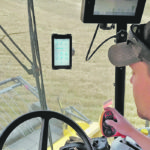
Wasting time waiting for monitor to wake up?
Farmers are often the best inventors of farm equipment, often surpassing the major manufacturers on items ranging from better openers to complex digital devices like yield monitors with GPS mapping capacity. The FarmTRX yield monitor is just such a success story. With a list price of C$1,850, there’s no doubt that FarmTRX is the low-cost […] Read more
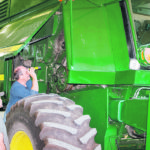
Monitoring yield on 40 percent side slopes
A yield monitor that measures paddle heap works fine for most flatland farmers, but farming in places like Idaho and Oregon, where they farm up the sides of mountains, requires a different approach. However, the challenges of worn rubber paddles and side slopes can be overcome. When it comes to paddles, the obvious fix is […] Read more
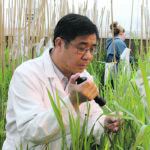
Gene discovery brings FHB resistance to cereals
New Fhb7 varieties of wheat with better FHB resistance may be available in a few years, developed in North Dakota
Plant geneticists the world around are devoting billions of dollars and centuries of accumulated time trying to breed better fusarium head blight resistance into wheat. Some fail. Some succeed. One of the most promising endeavours is the discovery and cloning of a gene that has been named Fhb7. The gene reduces FHB by detoxifying mycotoxins […] Read moreGet used to growing fructans, they’re better for growers and consumers
The new genetic line includes winter wheat with high-fructan levels plus tolerance to salinity, cold
Plant breeders typically focus on one factor at a time. They might look for better resilience to harsh conditions, or for better nutritional values. Occasionally, a breeder does both. Such is the case with a hardier more nutritious wheat that combines enhanced nutritional values along with increased resilience. The new wheat strain, developed by Cornell […] Read more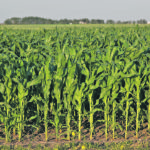
New microbe might nix need for more nitrogen
There’s a growing pool of biologicals claiming to abscond with all that free nitrogen floating around in the atmosphere. One of the latest, Envita from Azotic, recently received Canadian registration. With 78 percent of the atmosphere comprised of nitrogen, why shouldn’t it be free for the taking. According to Azotic, Envita helps leaves convert this […] Read more
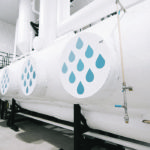
Pig poop provides pure potable H2O
Drinking water that was just extracted from hog slurry may not be your cup of tea but it’s real handy on the hog farm
Politicians and media were photographed drinking freshly processed hog slurry water in an experimental facility. The event was the grand opening of Solugen’s first pig slurry purification plant last fall. VIPs were not enthusiastic about the new beverage product, but most were brave enough to at least try a little sip. They all conceded the […] Read more
Bad grain increases bin risks
“I’m tired of seeing farmers die in grain bins. I’m afraid 2020 will be record fatalities. The deaths already started in January. How many times have I warned farmers to stay out of bins. These people didn’t have to die.” How many times has Gary Woodruff warned farmers to stay out of grain bins? Probably […] Read more




